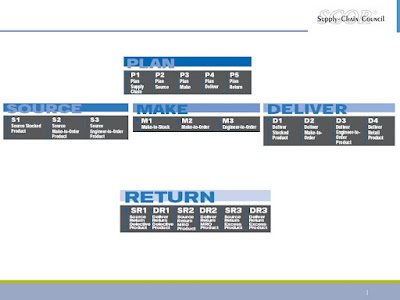THOUGHTS & (Free) ADVICE ON PRODUCTION SCHEDULING SOLUTIONS
What I really like is Figure# 2 which is really a scheduling maturity level chart. Nobody should be shocked, but many firms are still on the far-left hand side. And that might be all they need to suit their business needs.
I like technology and used to be a strong proponent of software
solutions.
HOWEVER, as I learned more and gained more real-life experience,
I firmly believe there is a strong case to be made for deeper and more thorough
implementation of lean tools with “pull” signal and takt times driving
scheduling based on bottlenecks.
- Read “The Goal” by Eliyahu M. Goldratt and Jeff Cox
- Read
“Creating
A Lean Culture” by David Mann
- Read
“Sales & Operations Planning: The
How-To Handbook” by Thomas F. Wallace and Robert A. Stahl (available
on Amazon)
- Ask
what is the simplest and most effective solution – a lot can be done with
the tools you have, especially once you find your bottleneck (point 1),
implement fundamental lean concepts (point 2), and work with product
families to put in place capacity for future volumes (point 3) so that
eventually scheduling becomes execution not firefighting as those product
volumes move into the short-term. AVOID THE SUICIDE QUADRANT (read the
book in point 3 to know what this is).
- If your
business needs are very complex and advanced, validate you master data
quality before investing in software. Remember the old adage “garbage
in/garbage out”. Work centers, capacity, routings and cycle times all need
high degrees of accuracy for the software to work. With more advanced
tools, you will need additional master data such accurate move, dwell and
queue times. You may need to define leap-frog quantities and parallel
routings. More importantly, you will need to define changeover costs and
matrices. You will need to manage weighting of priorities – minimize cost
vs on-time production. Example – should you break a setup to deliver on
time or deliver late but save a set-up?
- Do
you have the other tools mentioned in the article? Workforce management
solution to know planned and unplanned absences by the date-shift? Up to
date employee certification tracking with expiry management? Enterprise
Asset Management for preventive, planned and unplanned (reactive)
maintenance? Internet of Things (IoT) solutions to know real-time machine
status?
- If you
don’t have points 5 and 6 in place, is a million-dollar (likely 2-3x more)
solution going to truly provide a return on investment?
- If
you are still moving forward, make sure you have a robust software
selection process. Ensure you have critical features on a checklist.
Insist on a custom demonstration based on defined scenarios in your
business that are key to scheduling success. Focus the scenarios on the
situations that cause 80% of the reasons for non-performance. DO NOT focus
on the outlier cases that arise infrequently – learn to manage around
them.
- Select
both the software and the implementer with care. Get references and speak
to customers using the identical solution for a minimum of 2 years to find
out if they would make the same choices AND what they would do
differently.




Comments
Post a Comment